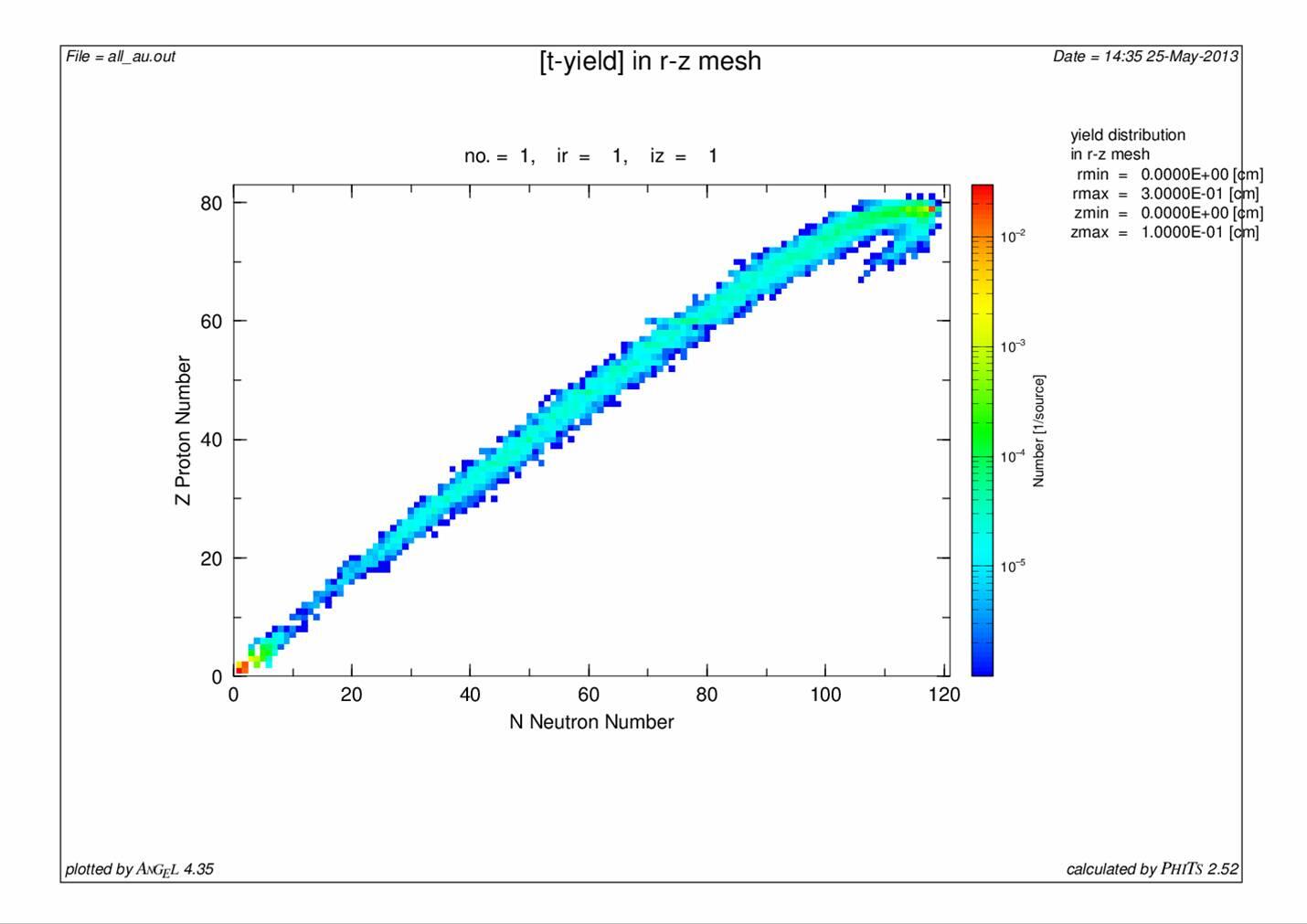(For all posts about J-PARC radiation leak, click here.)
To add further disgrace to what's already there aplenty, the researchers at J-PARC, Japan Proton Accelerator Research Complex, were fully aware that turning on the ventilation fans without any filter would release radioactive materials outside the facility, but did it anyway.
I wondered aloud in the previous post on this accident: Why didn't these particle physicists (supposedly some of the brightest people in Japan) connect the dots and figure out "Radiation level was high, turned on the fans, radiation level dropped, radioactive materials went from inside the facility to outside"?
Well now I know they did know.
From Chunichi Shiinbun Medical Site (5/26/2013; part, link won't last long):
職員たちは、放射線量が通常時の10倍の毎時4マイクロシーベルトまで上がっているのが分かると、施設内の線量を下げるために排気ファンを2度にわたって運転。KEKは「線量がそれほど高くなかった。大気に出ても迷惑はかからないだろうと思った」と説明した。
The staff, on learning the radiation level had risen to 4 microsievert/hour, 10 times the normal, operated the fans twice in order to lower the radiation level inside the facility. KEK [High Energy Accelerator Research Organization] explained, "The radiation level wasn't that high. We figured even if [radioactive materials] leaked into the atmosphere it wouldn't be of much inconvenience to anyone."
ファンは換気用で、放射性物質を吸着するフィルターは取り付けられていない。設備の誤作動も想定しておらず、事故時のマニュアルも用意していなかった。モニタリングポストで線量が上がっているのを確かめたのは、ファンを回して26時間もたった24日午後6時だった。
The fans are for ventilation, and there is no filter installed that would absorb radioactive materials. They didn't expect the malfunction of the equipment, and there was no accident manual. It was 26 hours after they operated the fans, at 6PM on May 24, that they finally confirmed the rise in radiation levels at the monitoring post.
KEKによると、現場では国などに速やかに報告すべきだという声も一部であったが、原子力機構出身の池田裕二郎J-PARCセンター長ら幹部が「通報に該当する事象ではない」と判断。報告遅れにつながった。
According to KEK, some people who were at the facility suggested the incident be reported to authorities including the national government, but the senior management including Yujiro Ikeda, J-PARC president who came from JAEA, decided it was not the event that requires reporting, leading to the delay in reporting.
But wait, there's always more in Japan when it comes to anything radioactive...
To ignore the warning buzzer and restart the experiment without confirming safety, and to expel radioactive materials from inside the facility using unfiltered ventilation fan is exactly what the operation manual at the facility calls for, according to KEK.
Again, from Chunichi Shinbun Medical Site (5/26/2013; part):
実験を実施していた高エネルギー加速器研究機構によると、23日午前11時55分、J-PARC内の原子核素粒子実験設備で金に陽子ビームを当てて素粒子を発生させる実験中、異常を検知して安全装置が作動、警報音が鳴ったため、いったん実験装置を停止した。
According to High Energy Accelerator Research Organization [KEK] who was conducting the experiment at the nuclear and particle physics experiment facility to hit gold with proton beams to generate elementary particles, the safety mechanism detected the abnormality and sounded an alarm at 11:55AM on May 23. The equipment was stopped.
担当者は安全装置作動の原因が分からないまま午後零時8分に警報をリセットし、実験を再開した。その後、施設内で放射線量が上昇し再び運転を停止。午後3時15分ごろ、排気ファンを作動させて施設内の線量が下がったため、また運転を再開していた。
The researcher in charge, without knowing why the safety mechanism tripped, reset the alarm at 12:08PM and resumed the experiment. Later, when the radiation level rose inside the facility, the experiment was stopped again. At about 3:15PM, the experiment resumed as the radiation level dropped after operating the ventilation fans.
高エネ研の担当者は「マニュアルに従った手順だった」と話している。
The person in charge at High Energy Accelerator Research Organization says, "It was the procedure following the manual."
This by-the-book release of radioactive material was 100 billion becquerels in the south-westerly direction, one-hundredths of the annual legal limit of radioactive material release, according to Mainichi Shinbun (5/26/2013) quoting JAEA.
Here's the image of the ventilation fans in question (from Chunichi Shinbun):
There are several Japanese nuclear and particle physicists that are widely followed on Twitter, and some of them were apparently scheduled to conduct their experiments using the facility at J-PARC. To a sheer puzzlement of people with some rational mind left, some of these researchers are being ridiculed and bad-mouthed by Twitter mob just because they are nuclear and particle physicists using J-PARC.








 Tokyo Time
Tokyo Time
![[Most Recent Quotes from www.kitco.com]](http://www.kitconet.com/charts/metals/gold/t24_au_en_usoz_2.gif)


